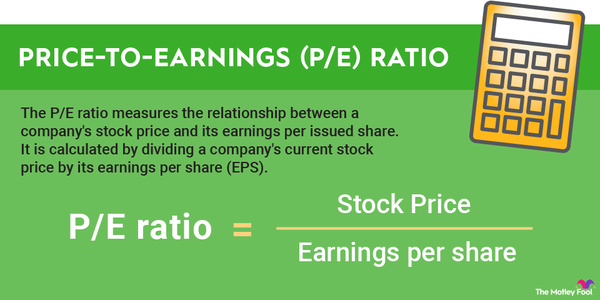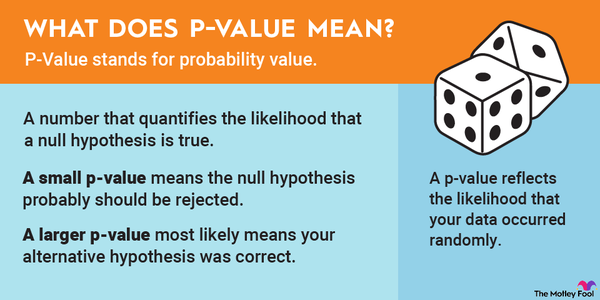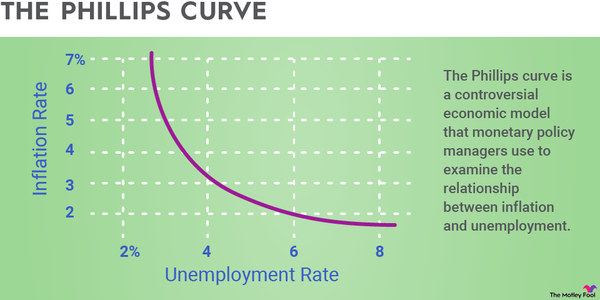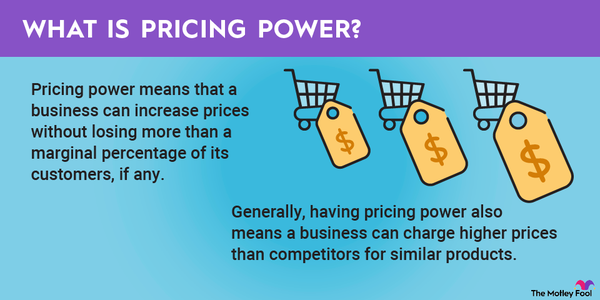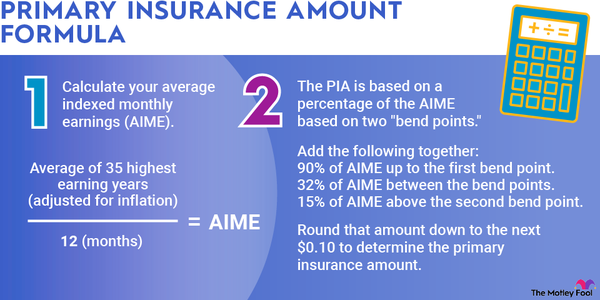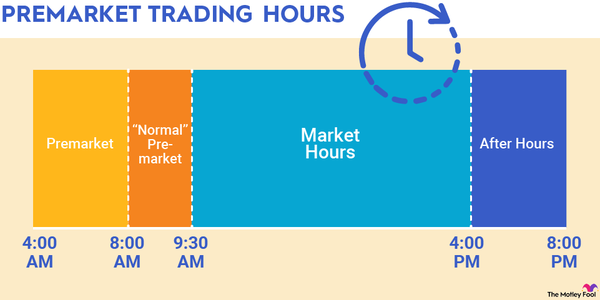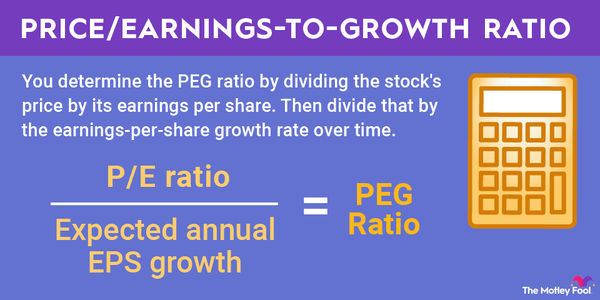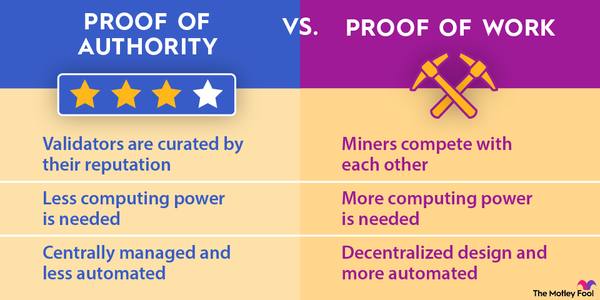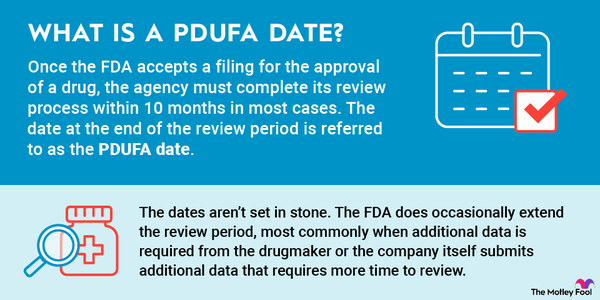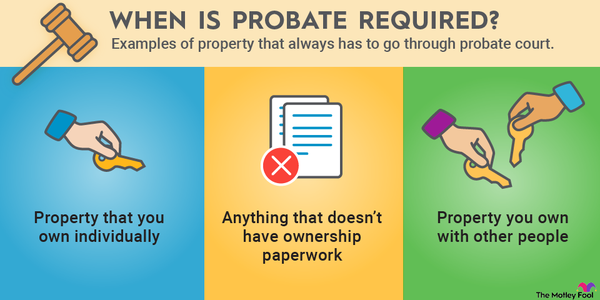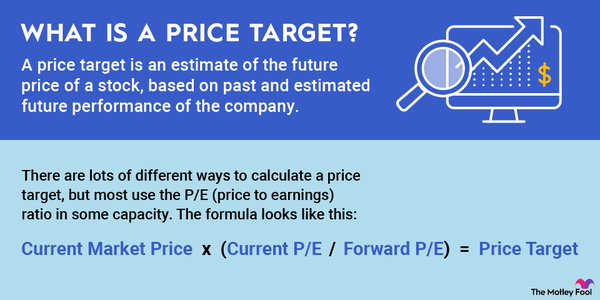Have you ever noticed that just a handful of people you follow on social media are responsible for most of what pops up in your feed? Or that a small number of the people you know who drive cars seem to be involved in a disproportionate share of car accidents? If so, you may be witnessing the Pareto Principle at work.
The Pareto Principle is a concept in business and economics that states that 80% of outcomes are driven by 20% of causes. Sometimes, it's referred to as the 80/20 rule. Understanding the Pareto Principle can help you set priorities, make informed decisions, and better understand the world. In this article, we'll cover the basics of the Pareto Principle and give some real-world examples.

Overview
What is the Pareto Principle?
The Pareto Principle, also known as the 80/20 rule, is a phenomenon in which 80% of outcomes are driven by 20% of causes. It's named after Italian economist and sociologist Vilfredo Pareto, who observed in the early 1900s that 80% of Italy's land was owned by 20% of the population. He witnessed a similar pattern in his garden, where just 20% of pea pods contained 80% of the peas.
The Pareto principle was later popularized by Joseph Duran, a U.S. management consultant. Since then, it's become a popular concept among those promoting time management and productivity hacks.
Examples
Examples of the 80/20 rule
The breakdown of 80% and 20% varies somewhat. Sometimes, the split may be 70/30 or 90/10, for example. However, the concept you should know is that a surprisingly small number of causes can have a disproportionate effect on outcomes.
Some commonly observed examples of the 80/20 principle include:
- You wear 20% of the clothes in your closet 80% of the time.
- 20% of customers generate 80% of the complaints.
- 20% of clients account for 80% of a business's revenue.
- 80% of health insurance claims are filed by 20% of customers.
- 20% of the population commits 80% of the crimes.
- 20% of the books in a library represent 80% of the books that are checked out.
How to use it in business
How to use the 80/20 rule in business
The 80/20 rule has several practical applications in business and life in general. Here are some ways you can apply this principle to business -- but remember, of course, that the 80/20 breakdown isn't always precise.
- Improving website traffic: You may find that just a handful of channels or keywords drive the majority of traffic to your website. Say, for example, that 20% of keywords drive 80% of the search traffic to your website. You may be better off focusing your search engine optimization (SEO efforts) on the high-traffic keywords instead of trying to rank for new keywords that don't have as much potential.
- Retaining top-performing employees. About 23% of employees voluntarily leave their jobs each year, according to the Society for Human Resources Management (SHRM). But according to the Pareto Principle, a small number of employees will drive much of a company's productivity and results. Employers should focus on identifying these high-performing workers and finding opportunities for advancement.
- Inventory management. If you find that a few products are responsible for the majority of your sales, you may want to trim some low-selling products and focus on the top sellers.
- Time management. No matter what your industry, the 80/20 rule can help you determine which tasks deserve the most focus because they're producing most of your results. You can also use this principle to spot projects that require lots of effort but don't yield big results and either assign them a lower priority or nix them altogether. You may also look at which customers are generating most of your results and decide that certain clients simply aren't worth the time and effort.
Related investing topics
Misconceptions
Misconceptions about the Pareto Principle
One big misconception about the 80/20 rule is that you can obtain 80% of your results with just 20% of the effort. Unfortunately, that's not the case.
Even if a small amount of causes drive a large number of results, that doesn't mean you can work on Mondays and sleep in Tuesday through Friday. Some tasks, like answering emails and handling basic administrative tasks, may not be big revenue generators, but they're necessary to have a functioning business.
It also may take significant time and experimentation to determine which projects and clients will produce big results. You may need to invest significant resources before you realize that a particular effort simply isn't worthwhile.

